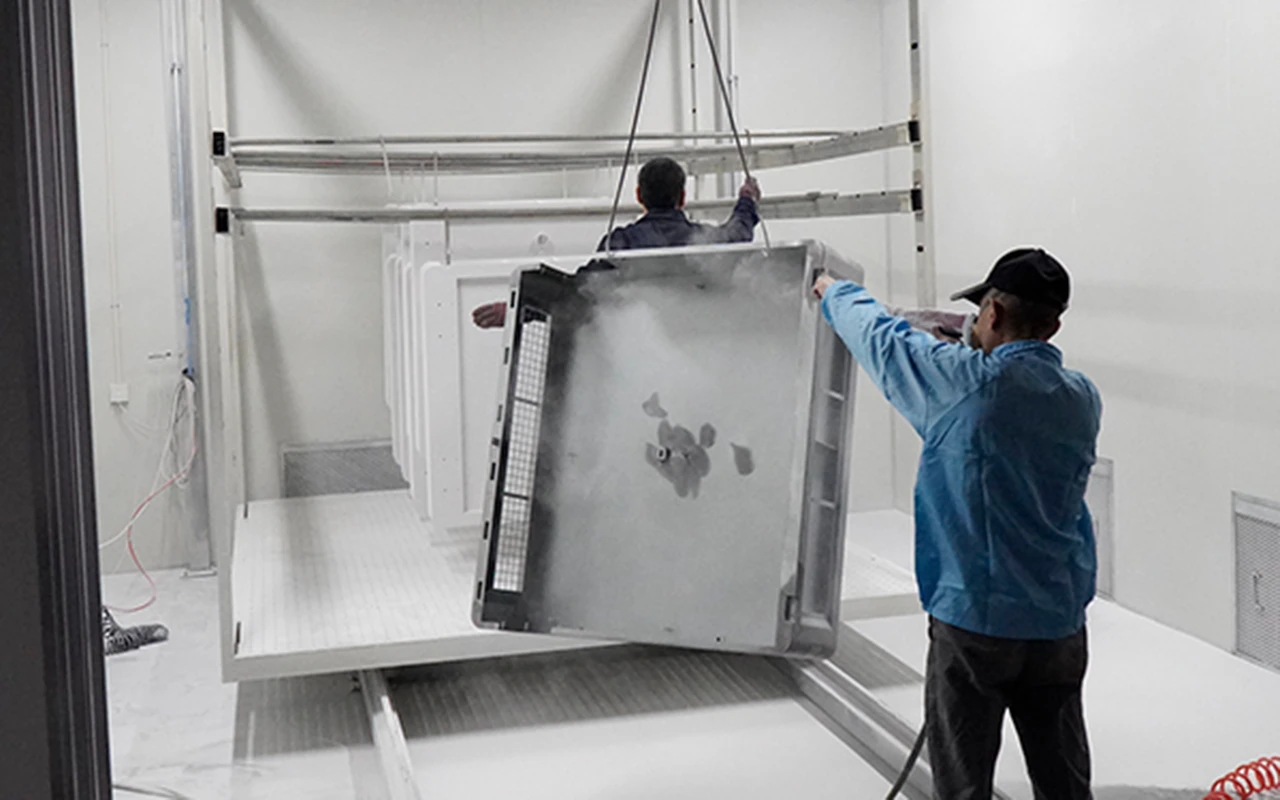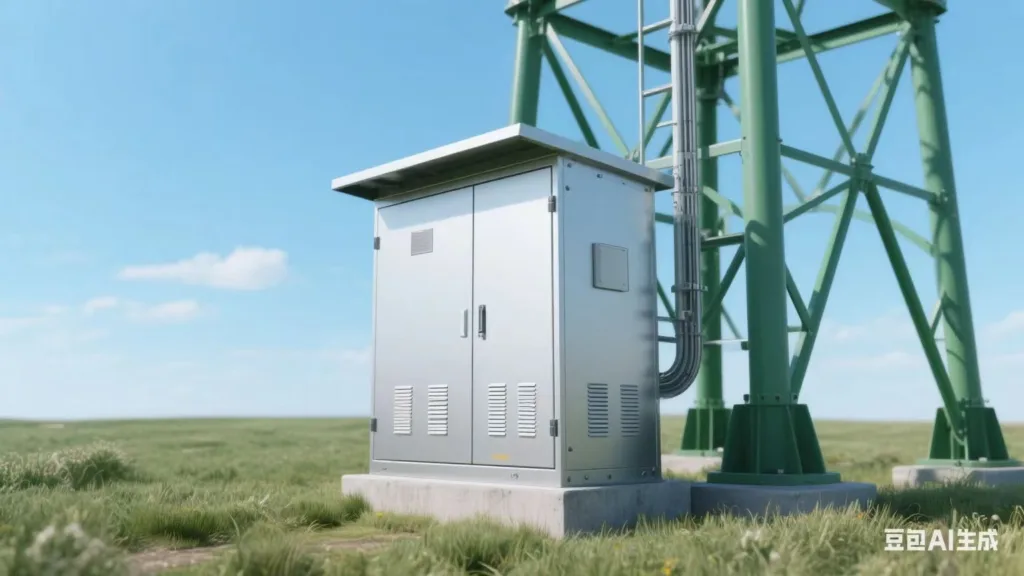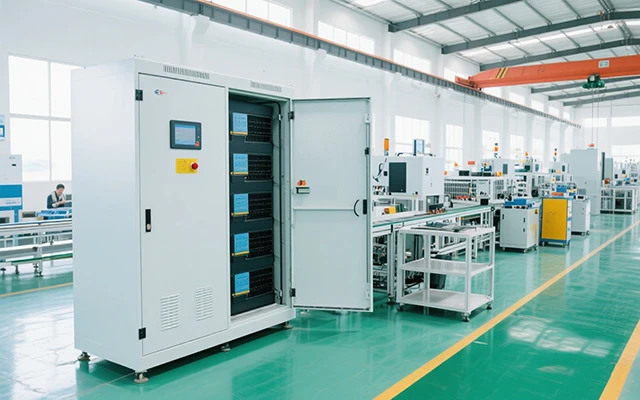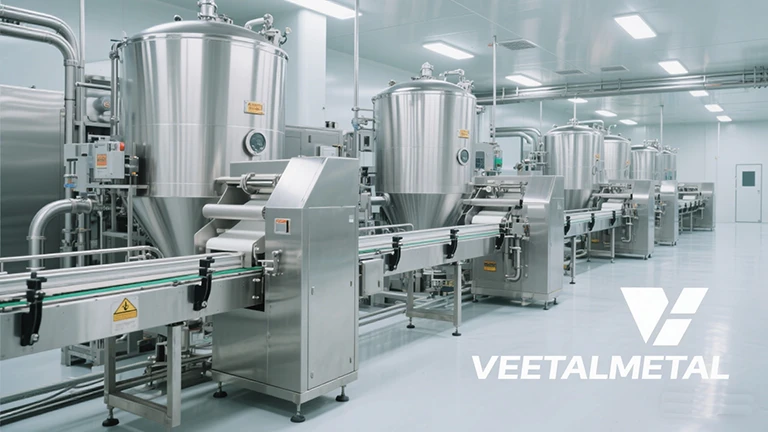In the realm of metal fabrication, ensuring durability and longevity against corrosion, wear, and environmental stress is paramount. Powder coating has emerged as a leading solution for metal protection, offering superior performance, versatility, and sustainability. Below, we explore its working principles, applications in sheet metal manufacturing, and tailored requirements for diverse environments.
1. How Powder Coating Works: A Science of Adhesion and Protection
Powder coating is a dry finishing process that relies on electrostatic attraction and thermal curing to form a robust, protective layer on metal surfaces. Here’s a breakdown of its core mechanism:
- Powder Composition: The coating material is a fine, dry powder composed of resins (e.g., polyester, epoxy), pigments, curing agents, and additives. Unlike liquid paints, it contains no volatile organic compounds (VOCs), making it eco-friendly.
- Electrostatic Application: Using a spray gun, the powder is charged with static electricity. As the metal substrate (typically grounded) attracts the charged particles, the powder adheres uniformly—even to complex shapes, edges, and recesses—ensuring full coverage.
- Curing Process: The coated metal is baked in an oven (usually 180–200°C), where the powder melts, flows, and chemically cross-links to form a hard, continuous film. This film, typically 50–150μm thick, bonds tightly to the metal, creating a barrier resistant to chipping, peeling, and penetration.
The result is a coating that combines physical toughness with chemical inertness, shielding metal from corrosion, abrasion, and environmental damage.

2. Applications of Powder Coating in Sheet Metal Fabrication
Sheet metal—known for its strength, malleability, and widespread use in industries—benefits significantly from powder coating. Its ability to adapt to diverse shapes and sizes makes it ideal for:
- Appliances: Refrigerators, washing machines, and ovens rely on powder-coated sheet metal for scratch resistance and a sleek, uniform finish that withstands daily use.
- Office & Industrial Furniture: Filing cabinets, workbenches, and shelving use powder coating to resist dents and stains, maintaining aesthetics in high-traffic environments.
- Construction Components: Aluminum windows, steel roofing, and structural brackets depend on powder coating to endure outdoor conditions, preventing rust and extending service life.
- Transportation: Truck bodies, trailer frames, and metal parts in automotive manufacturing use powder coating for its durability against road debris, moisture, and temperature fluctuations.
In each case, powder coating enhances both functionality and appearance, reducing maintenance costs and extending product lifespans.
3. Environmental Requirements: Tailoring Coating to Conditions

The performance of powder-coated sheet metal hinges on matching the coating formulation to its operating environment. Key considerations include:
- Outdoor/Weather-Exposed Environments: UV radiation, rain, and temperature extremes demand weather-resistant powders(e.g., polyester). These resist fading, chalking, and degradation, ensuring long-term color retention and protection—critical for building facades and outdoor equipment.
- High-Moisture or Corrosive Settings: Bathrooms, kitchens, coastal areas, and chemical plants require corrosion-resistant coatings(e.g., epoxy-polyester hybrids or pure epoxy). These resist salt spray, humidity, and chemical spills, preventing rust in humid or caustic conditions.
- High-Wear Applications: Warehouses, manufacturing facilities, and tools need abrasion-resistant powders, often reinforced with additives like ceramic particles. These withstand friction, impact, and heavy use without compromising the coating.
- High-Temperature Environments: For metal parts near engines or industrial ovens, heat-resistant powders(e.g., silicone-based) maintain integrity at temperatures up to 300°C, preventing oxidation and coating failure.
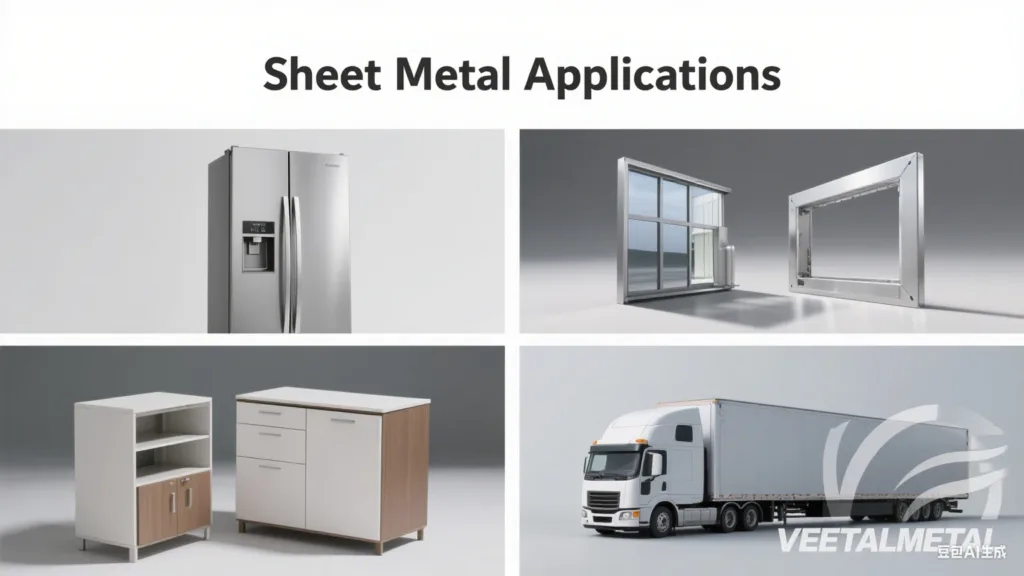
Conclusion
Powder coating stands as a cornerstone of modern metal protection, blending innovation with practicality. Its ability to shield sheet metal from corrosion, wear, and environmental stress makes it indispensable across industries. By understanding its principles, applications, and environmental requirements, manufacturers and buyers can leverage powder coating to enhance product durability, reduce waste, and achieve long-term cost savings.

